By Deborah Lebow Aal
This month, we asked Front Range Wild Ones members to give us the name of their favorite Front Range Colorado native plants, and the reason(s) why. Some had difficulty naming only one, so we allowed two (and yes, sometimes three). We thought this could be interesting because everyone likes to talk about their gardens, right? Your garden should really be a reflection of you, and your favorite plant tells us a lot about you. Your garden should be your creative outlet, as much of an artist’s canvas as an artist’s canvas. In fact it is an artist’s canvas. Your garden, full of native plants, should set your heart on fire, give you much pleasure when you look out at it, and be a source of satisfaction that not only have you made something aesthetically lovely, but ecologically sound as well.
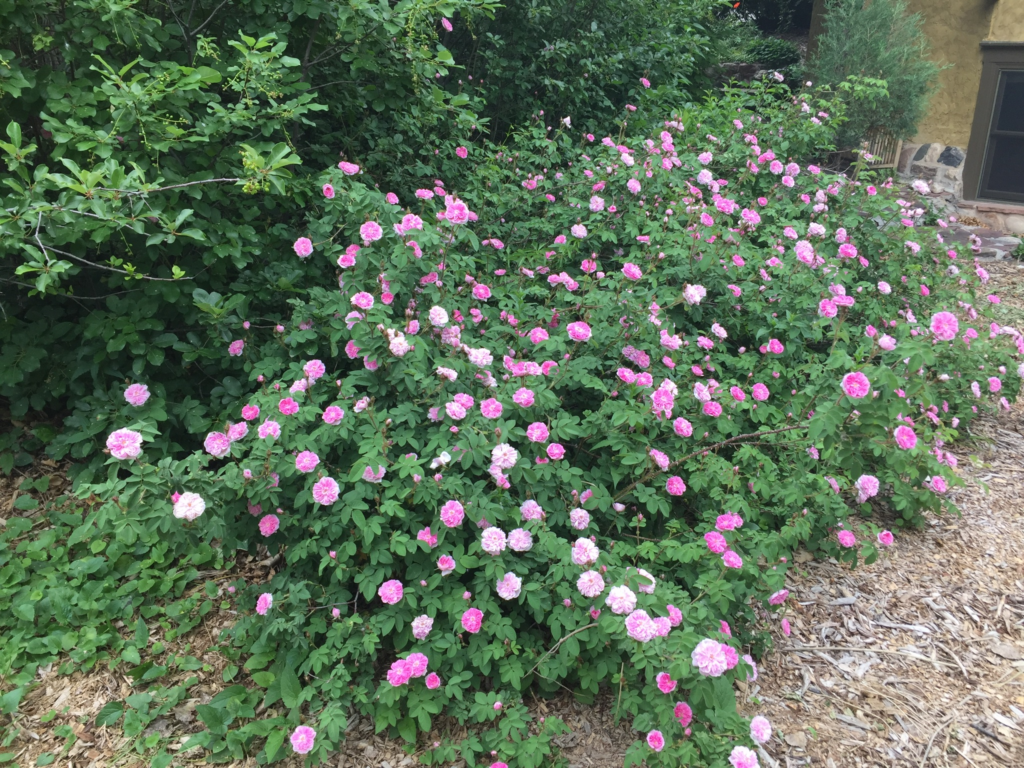
Remember that native plants can be picky about where they are happy. They often don’t want to grow where you want them to grow. I know I cannot for the life of me grow chocolate flower (Berlandiera lyrata), in my yard, and for others it’s practically invasive. Some natives do not do well in my yard because I am a water miser, so I know I have to choose the least thirsty of the natives. Some natives do extra, extra well in my yard (I’m looking at you, Solidago). So, without further ado, here are a few of our favorite natives (and, I apologize in advance for sometimes using the latin name and sometimes the common name):
Emily: Emily’s favorite wildflower is wild bergamot (Monarda fistulosa) because “it grows so well in urban gardens, can tolerate drought conditions, has medicinal applications and provides a source of food to pollinators.”
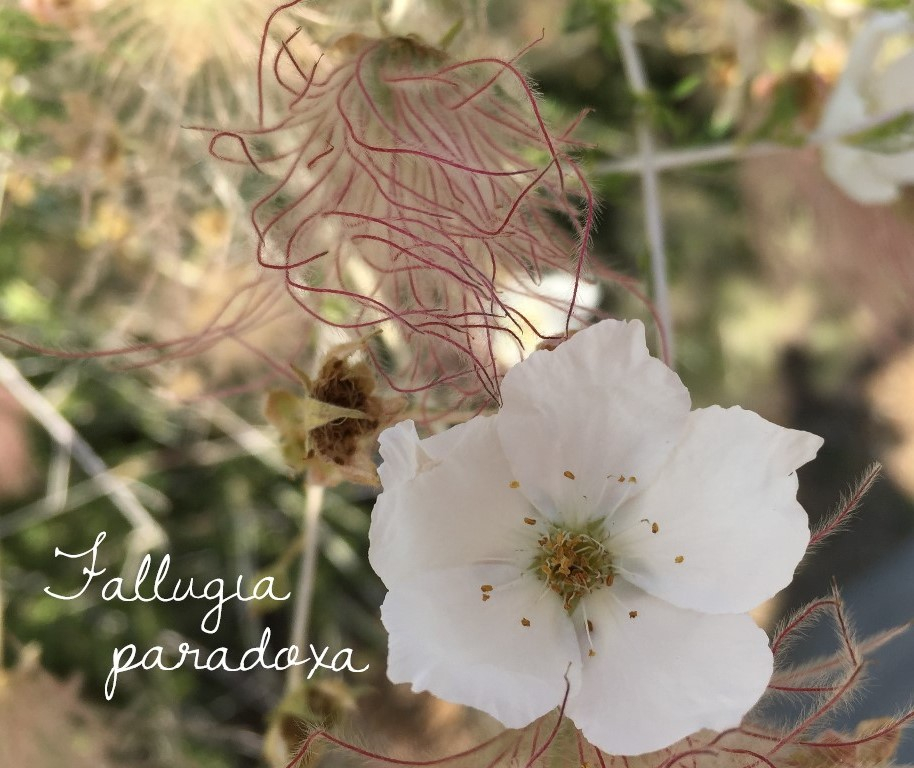
Lisa: Lisa says it’s Apache Plume (Fallugia paradoxa), all the way. “I love the white flowers and adore the long wispy pink tendrils that linger all summer. Watered it well when planted, and never watered it again. It’s thriving on a berm alongside rabbit brush and yuccas.”
Suzanne: Suzanne was quick to let me know she has two favorites. First, creeping mahonia (Mahonia repens), a good low shrub to tie different areas of landscaping together. “It gets from one to two feet high, but can be pruned lower. It’s not usually considered a ground cover, but it is actually a very good ground cover plant. It has year-long interest – fragrant little yellow flowers in the spring, dark green leaves in summer, blue berries ripen in the fall, and leaves turn purplish – and is very drought tolerant.” Suzanne cautions us to be careful not to buy the non-native, but similar – looking, Mahonia aquifolium (Oregon grape holly), which grows much taller – nurseries often get this wrong.
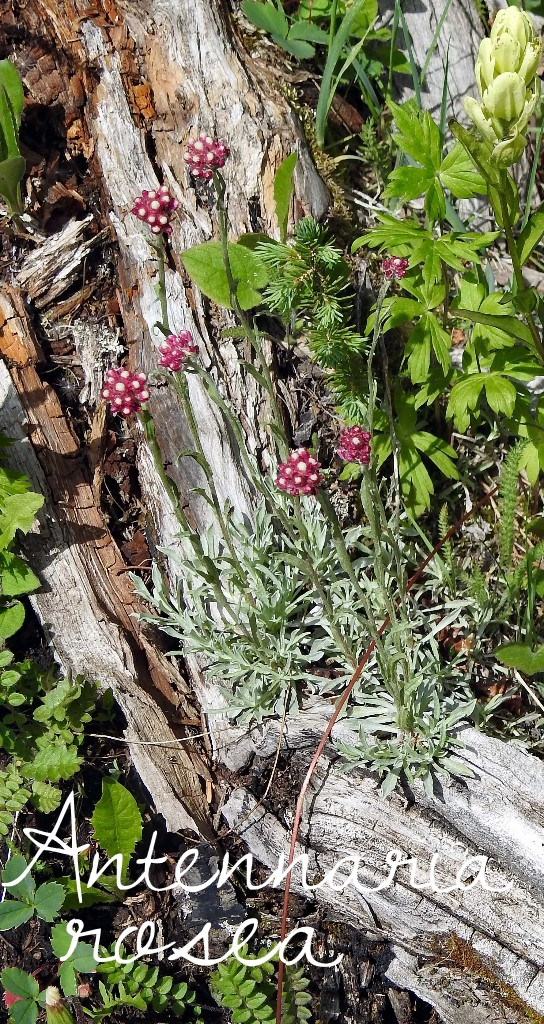
Suzanne also recommends pussytoes – either Antennaria parvifolia (white flowers) or Antennaria rosea (pink flowers). “Both are native and can be grown in sun, shade, and dry shade, as a ground cover. They form a low mat, which turns a beautiful lavender in the winter. The only drawback is that the seed heads are dandelion-like and turn tan, so they need clipping if that is not a look you like.”
Jen: “Without a doubt it’s Apache plume (Fallugia paradoxa). It was the first Colorado native plant that I learned about moving here fifteen years ago. It’s always captivated me with those stunningly beautiful flowers and outrageous seed heads.” And of course it’s on the cover of Jen’s book.*
So, that’s two votes for Apache plume.
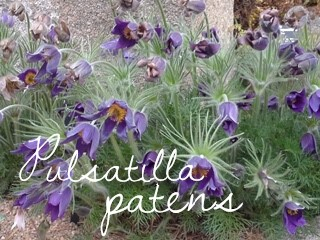
Diane: Diane selected pasque flower (Pulsatilla patens) as her all time favorite. “It’s too beautiful to be in a native garden. It’s so plump and has so much texture.” Well, that tells you what Diane thinks about native gardens! Diane also selected Bee Balm (Monarda fistulosa) and pussytoes (Antennaria parvifolia). On bee balm, Diane likes the red flowering variety. She says “Everyone has the pink one, and every garden needs more red flowers.”
That’s two votes for pussytoes.
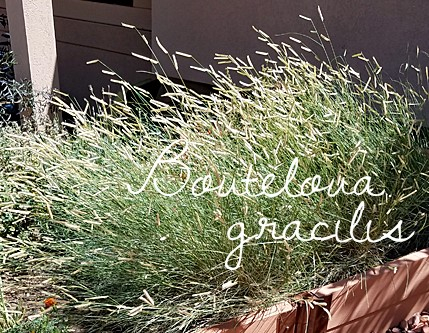
Liz: Liz’s favorite natives are Blue grama grass (Bouteloua gracilis), mountain mahogany (Cercocarpus montanus), and Mexican hat (Ratibada columnifera). Liz says she loves how Blue grama grass is so easy to identify by its eyelashes – the seeds, which develop in fall, look like curved eyelashes. I would add it’s also quite stunning through the winter. Mexican hat is a favorite because it’s “easy to grow, prolific, and pretty. And Mountain Mahogany is just plain elegant.”
Cornelia: Cornelia says she likes Mahonia repens and partridge feather (Tancetum dansum). It seems she likes them because they both have four-season interest and can double as ground covers. On Mahonia repens, Cornelia says “It does get high when it’s happy and it doesn’t take much to be happy. Sun or shade, water or drought, under trees or in the open. Beautifully maroon in the fall and winter. Keeps leaves year round. Has beautiful rhizomes of yellow or white flowers which turn into blue berries.”
That’s two votes for Mahonia repens.
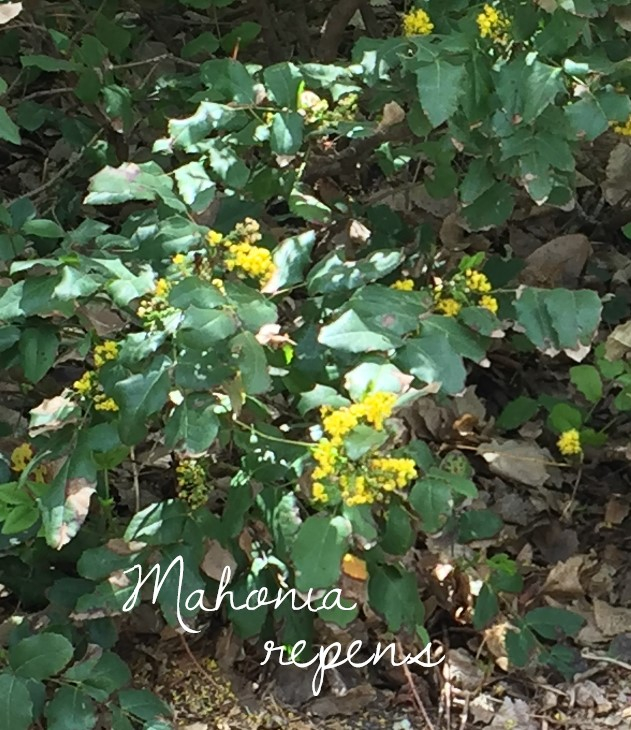
A note about Mahonia repens. It fell out of favor with landscapers and garden designers, I think because it was over-used. So it is rarely included in a professional landscape design, except for commercial buildings. But, it was over-used for good reason. It works really well absolutely everywhere in your landscape. Cornelia notes that it’s a wonderful plant for hard to cultivate areas like hell strips (those tough, very hot strips between the sidewalk and the street we have in Denver), and around trees.
Her second pick is partridge feather. “It is aggressive but easy to manage. You can just tear it out by the handfuls and it recovers. It does need lots of sun and heat. Doesn’t’ tolerate soggy conditions. Also great for hell strips and borders near hot, dry, sunny pavements. It also has year-round interest, keeping its beautiful feathery silver grey leaves during winter and in snow. Just don’t pile snow on top of it. It won’t be happy.” Partridge feather is native to areas close to the Front Range, so we’ll claim it for these purposes.
Sheila: “One of my favorite native perennials is Leadplant (Amorpha canescens). The long glorious purple/blue flower stems bloom in the summer right before the coneflowers (Echinacea) come out in their yellow and pink hues.” And Sheila’s other favorite native is the Colorado Blue Spruce (Picea pungens) She has two that are placed so that she can view them from her windows, inside, for lovely winter garden interest. Smart move…

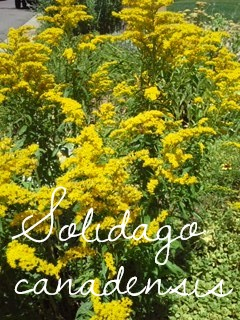
And, lastly, me: I had a difficult time picking just two, let alone one. So, my three favorites are Rabbit Brush (Chrysothamnus nauseosus), Goldenrod (Solidago canadensis) and our native western wild rose (Rosa woodsii). A strong caveat, though, that all three have only been in my garden at most three years. It’s quite possible that a few years from now, I will be done with them, as they are all known to spread quickly and wildly.
Rabbit Brush is a favorite, despite its ubiquitous-ness, because it blooms when the garden needs a major pick me up, and I love how gangly and wild-shaped it often is. Liz mentioned that on cold, windy-day walks along the Arkansas River, near Salida, wherever there is a colony of rabbit brush there are always flocks of little birds. Another reason to love this plant.
Goldenrod is a favorite because it also blooms just as you’re thinking you need to overhaul your entire landscape, and it is gorgeous for a nice long time. In my garden, it blooms through the first frost, and sometimes the second. There are also 79 butterfly and moth species that use Goldenrod as a host species for their caterpillars. That dwarfs all our other native perennials by alot .* *
And thirdly, our native rose, Rosa woodsii, because the flowers are stunning, and it doesn’t’ seem to need any supplementary water. And then, as an unnecessary bonus, it has those gorgeous rose hips in winter.
So, there you go. A few of our favorites. I’m still amazed that I was the only one selecting goldenrod, as it looked gorgeous through November in my garden. All these plants are “winners,” however, in our extremely unscientific poll, the clear winners, with two votes each, are: Apache Plume, Mahonia repens, and pussytoes. Please let me know your favorites and why, and we’ll do another article on yours!
*Jennifer Bousselot is co-author of the book Common Southwest Native Plants, published in 2018.
* * That number is from the National Wildlife Federation’s Native Plant Finder, which I have often cited in these articles. I encourage you to visit the website, plug in your zip code, and see what comes up. The number of caterpillar species supported by Goldenrod is very large for a perennial, but not compared to tree species. Check it out! www.nwf.org/NativePlantFinder
Images courtesy of Jan Gorski, Lisa Rountree, and Diane. All rights reserved.
Curious to learn more about transforming your garden into a habitat with Colorado native wildflowers, grasses, shrubs, and trees? Check out our native gardening toolkit, register for an upcoming event, subscribe to our newsletter, and/or become a member – if you’re not one already!
